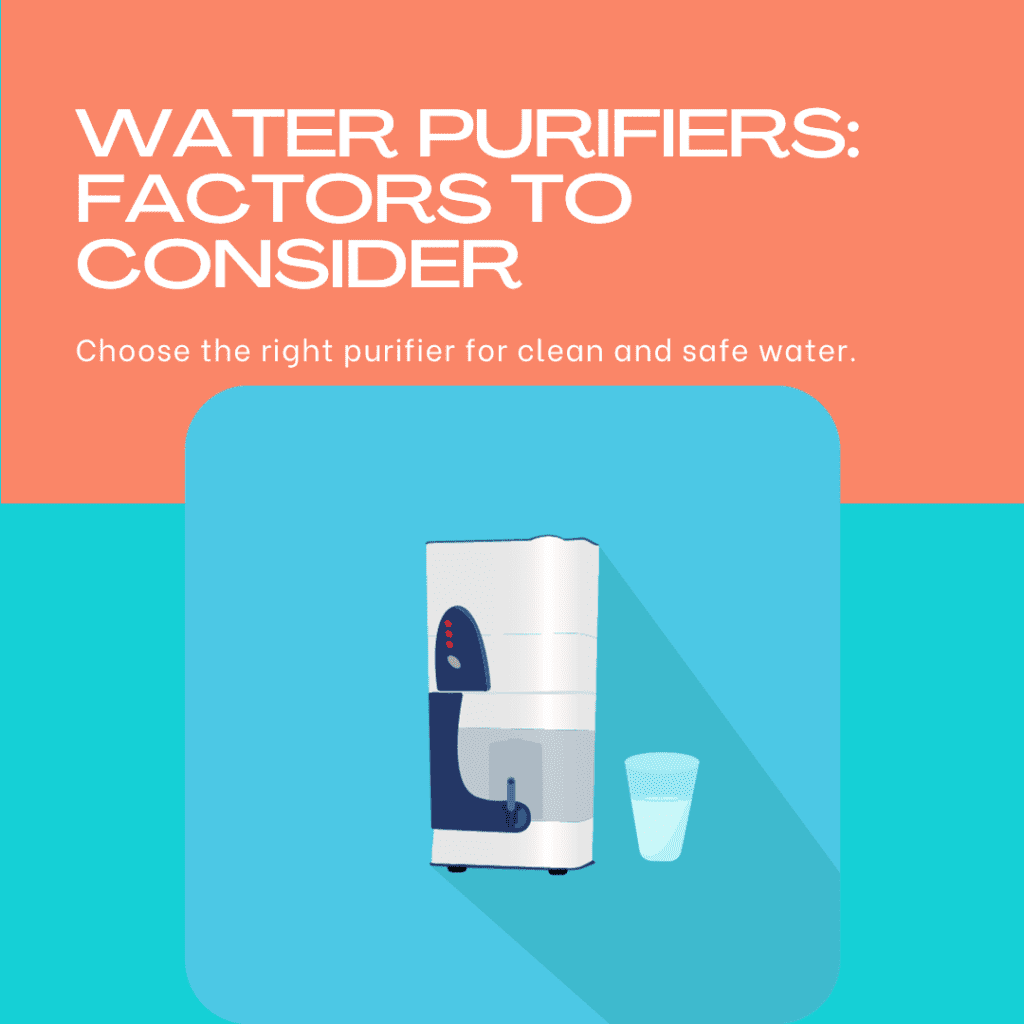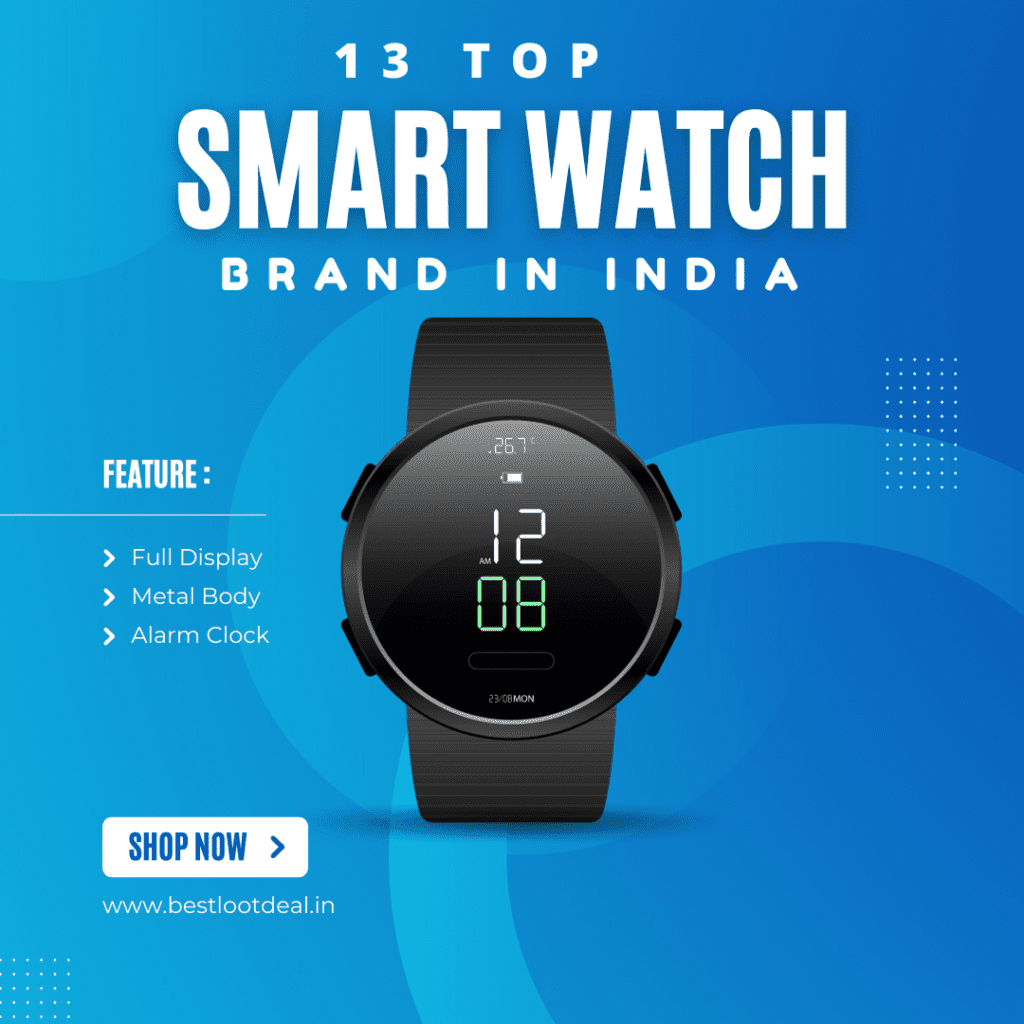Factors to Consider When Buying Purifiers
What Makes Water Quality Vital?
Not only does water relieve thirst, but it is also essential for controlling body temperature and delivering nutrients to cells. However, this is only possible with clean water to drink. Contamination of water is a serious problem as even tiny amounts of contaminated water can cause a number of health problems. In order to save your family and yourself, it is imperative that you evaluate the quality of the water and purchase a water filter.
Types of pollutants in Drinking Water: The presence of pollutants in drinking water varies depending on the distribution and source of the water. It is essential to comprehend these pollutants and their impacts. The common contaminants present in water sources and their effects on drinking water are listed below:
How to Test Water Quality: The first steps in testing water quality are to look at the levels of turbidity, chloride, and total dissolved solids (TDS). The WHO states that a TDS meter’s permissible range for measuring TDS is no more than 300 parts per million (ppm). When a water’s TDS exceeds 300 parts per million, it may include dangerous minerals and chemicals.
Turbidity can be tested using a nephelometer, which detects particulate contamination by measuring light scatter. Chlorine levels can be tested by mixing water with a diethyl para phenylene diamine solution, with a color change indicating residual chlorine. Water purifier providers often conduct these tests before installation.
What Makes Water Quality Vital?
Water purifiers employ various purification technologies, each with its own set of features. Understanding these types and their capabilities is essential. Here are the most common types of water purifiers:
1. RO (Reverse Osmosis) Water Purifier:
Removes heavy metals, arsenic, fluorides, toxins, and microorganisms through reverse osmosis.
Highly effective but can eliminate essential minerals.
2. UV (Ultra-Violet) Water Purifier:
Uses UV lamp to kill bacteria and viruses without removing essential minerals.
Suitable for municipal water with low TDS.
3. UF (Ultra-Filter) Water Purifier:
Uses a semipermeable membrane to eliminate contaminants, including large impurities.
Typically used in combination with RO or UV for added filtration.
Checklist for Buying a Water Purifier:
1. Water Source Quality:
Assess the quality of your water source to determine the types of contaminants present.
Choose a purifier tailored to your specific water source, considering factors like TDS levels.
2. Purification Technology:
Select a purification technology (RO, UV, UF, or a combination) based on water quality.
Consult with professionals to make an informed decision.
3. Filtration Process:
Ensure the purifier has an effective filtration process with filters like pre-filters, sediment filters, pre-activated carbon filters, RO filters, UV, and UF filters.
Consider additional filters for taste improvement.
4. Filter Replacement:
Look for a purifier with a service model that replaces clogged filters promptly.
Ensure filter replacements are affordable to avoid significant ongoing costs.
5. Storage Capacity and Purification Speed:
Choose a purifier with a storage capacity of 8-10 liters for a family.
Opt for a device with a purification speed of at least 10-15 liters per hour for a continuous supply of clean water.
6. Unique Features:
Consider additional features like mineralization, customization for specific water sources, and IoT-enabled devices for convenience.
7. Budget:
Set a budget based on the type of water purifier, filtration, capacity, and features.
Be aware of annual maintenance charges and filter replacement costs.
8. Certifications:
Look for certifications such as ISI, ISO, and technology-specific certifications to ensure reliability and compliance with standards.
9. Maintenance and After-Sales Services:
Ensure the brand offers maintenance, filter replacement, and critical component servicing.
Opt for a brand with proactive maintenance scheduling to minimize disruptions.
With water contamination posing a significant health risk, investing in a water purifier is a wise decision. However, choosing the right one requires careful consideration of water source quality, purification technology, filtration process, filter replacement, storage capacity, unique features, budget, certifications, and after-sales services. Refer to our checklist for buying a water purifier to make an informed decision that ensures your family’s health and well-being.
Read More
How to Maintain RO Water Purifiers




